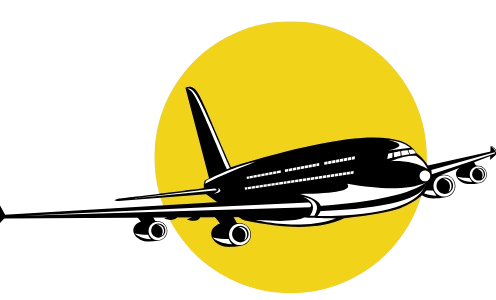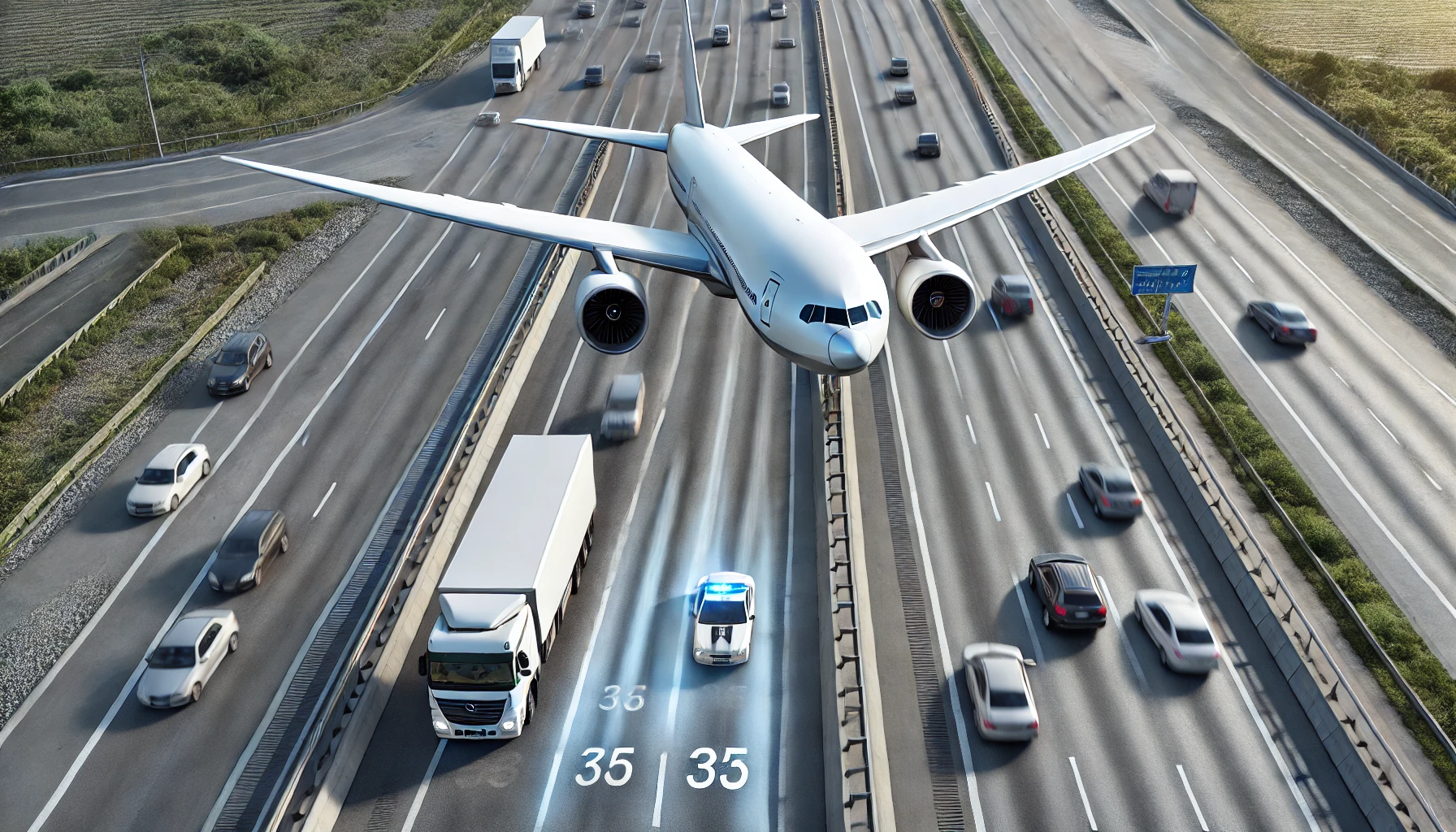Flying an airplane is an amazing combination of art and science. One of the most thrilling parts of this journey are the flight controls, the basic tools which give pilots the ability to fly. Do not worry if you’re at the starting point of your aviation journey or if you are seasoned and simply looking to revise your knowledge, understanding these controls is essential for every future pilot.
When mastering fundamental and supplementary flight controls, each one contributing greatly to safety and accuracy in every single phase of flight, picture yourself flying high over fluffy clouds with a stunning view under you. The ability to navigate these milestones depends heavily on each component performing its vital function correctly.
Primary Flight Controls: Elevator, Ailerons, and Rudder
Let’s begin this part into basic flight controls, from now on your skill set will not only improve but your love for the extraordinary world of aviation will deepen as well. Now come along as we examine how these crucial mechanisms work together to construct your flying experience from takeoff to landing.
The elevator, ailerons and rudder make up the primary flight controls and I view them as the most important acronym when it comes to an aircraft’s movements. For each part of an airplane’s attitude there is a primary flight control set which is essential in maneuvering the aircraft.
The elevator is positioned at the tail section, and it is responsible for controlling pitch which is the angle of the nose of the aircraft with respect to the horizon. When you ease back on the control yoke or the stick, the elevator is raised and the aircraft is made to climb.
Each wing has a pair of ailerons on their outer sides. They control the roll of the aircraft which is rotating about the longitudinal axis of the aircraft. This aids in the smooth turning of the airplane during flight.
Vertical rudders are mounted on the vertical stabilizers of the tail. They are used to control yaw and aid in preserving directional stability which is the ability to maintain a heading when moved left or right during turns or crosswinds. These controls provide the pilots with great assistance when flying under a great variety of conditions.
Secondary Flight Controls: Flaps and Trim Tabs
These secondary flight controls serve to augment the performance and the handling of the aircraft. Among these are the flaps and trim tabs which are used by pilots during several maneuvers of the flight.
The flaps are movable parts on the wings. When deployment of the flaps is done, lift at slowing speed is increased providing for better take off and landing efficiency. Slower speeds with shorter runways present are when this lift is useful.
Unlike pilot control inputs which are active and periodic, trim tabs constantly make small adjustments to the control surfaces for effective flight maintenance. Airplane pitch and roll mounting allows for reducing pilot workload passes on even further for long duration stretches a pilot must work.
In aviation, knowing the use of these secondary maneuvers greatly improves safety, effectiveness, and ease of control. When it comes to trim and flap configurations, each aircraft is unique, therefore pilots must adapt to the design model of their aircraft.
How the Controls Work Together in Flight
When flying, all movements must 1handed, Automated hand tail movement is airplane set action rolling function is controlled by aileron with movement tail corresponds upwards to cutting or lowering.
For instance, the aircraft’s pitch and roll is controlled by the elevator along with the ailerons which moves the aircraft in exclusive circles along with the movement of the wings. Such movement ensures that the pilot can expertly glide and move the aircraft wherever they choose.
The movement of the tail along left and right horizontal axis is accomplished by the rudder, as there is yaw yaw break to move Ailerons with the help of Elevators and ensure right turns are had along with proper control balance.
Every control is interconnected, meaning any modification makes changes to the other controls as well. In order to sustain the right balance and give proper response during different flight conditions, a pilot has to master this interaction. Understanding this interplay is essential for safe practices while flying and to get the best possible aircraft performance.
Understanding Control Movements and Effects on the Aircraft
It goes without saying that flying an airplane is a complex task, but knowing how an aircraft control movement translates into an aircraft’s response is vital to safety while flying. Any move that you make on the controls has a direct impact on how the aircraft behaves and functions in mid-air.
As you pull back on the elevator, the aircraft’s nose lifts up. This action can increase the lift possibility which can then lead to a climb. In the same manner, if you push forward, the aircraft’s nose lowers leading to a descent.
An important function of turning is performed by the ailerons. They work by raising one and lowering the other, creating differential lift which performs rolling of the plane toward one wing.
The aides also work in maintaining control of the aircraft during the turn while neutralizing the yawing movement brought on by banking with the ailerons.
Even the smallest changes in these controls can have a huge impact on speed, direction, and altitude. Pilots who understand this relationship are able to smoothly transition through changes in the various phases of flight without crashing or losing control.
Common Mistakes When Using Flight Controls
Over-controlling an aircraft is a primary mistake for many pilots. For them, effective manipulation means using precise movements and the use of jerky motions can lead to turbulence and losing control of the aircraft.
Another careless error stems from failure to employ proper control coordination. For smooth flight, the elevator, rudder and ailerons need to be used in conjunction, and failing to do so will produce unintentional yaw or roll.
Furthermore, many beginner pilots forget to make use of the trim tabs and these new adjustments can aid in the stabilization of the aircraft during some critical moments.
Some pilots forget to accommodate for the change in weight and balance of the aircraft when applying the flight controls. It is important to note that an empty aircraft and a loaded aircraft have two fo the same but very different way of functioning, knowing this difference is vital for safe flying practices.
Importance of Familiarizing Yourself with Your Aircraft’s Specific Controls
Every aircraft is different from one another. Therefore, familiarize yourself with the specific flight controls because they will change your ability to handle the plane.
Knowing the different controls of the aircraft improves muscle memory and performance during critical times is essential. During take-off and landing, the last thing you want to do is to fidget around with switches and levers that you have never used before.
Go through the pilot’s operating handbook (POH) for your specific aircraft to understand the functions of every control in detail. It comes with explanatory diagrams.
Real world risks are eliminated when practice sessions are done using simulators. They make it possible for you to use different scenarios while perfecting your flight controls.
Knowing an aircraft on a personal level greatly increases safety and confidence in flying skills, making every flight more enjoyable and smoother.
Conclusion
Any aviation enthusiast or pilot will acknowledge that controls are central in aviation. You can take control of a plane if you comprehend the primary as well as secondary operating components. Each control has a specific purpose, but they must act in unison to achieve a safe and successful flight.
Grasping the affect the elevator, aileron, and rudder movement has on your aircraft attitude will help you become a better performance manager. Also, knowing the everyday errors can help enhance skills even more.
When flight time comes, these facts about the controls of your particular aircraft will matter. Learning about flight controls can take you on your most rewarding journey: the world of aviation.




